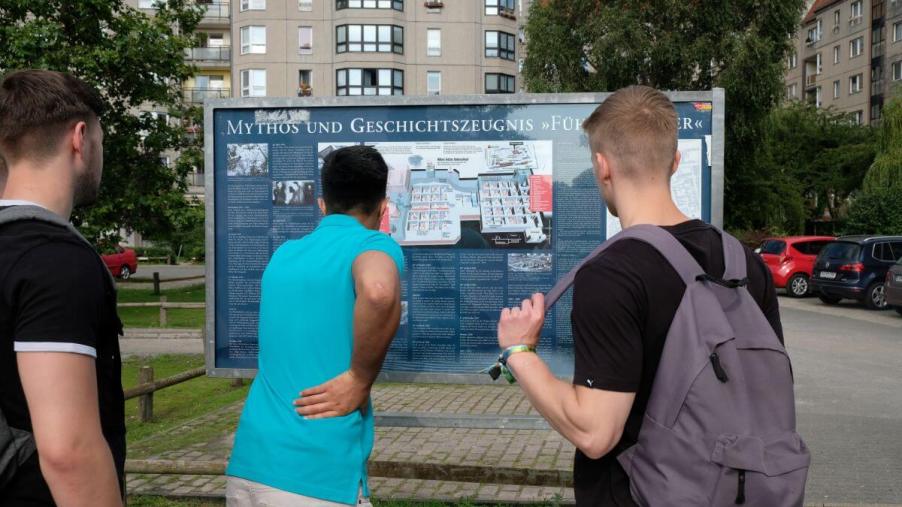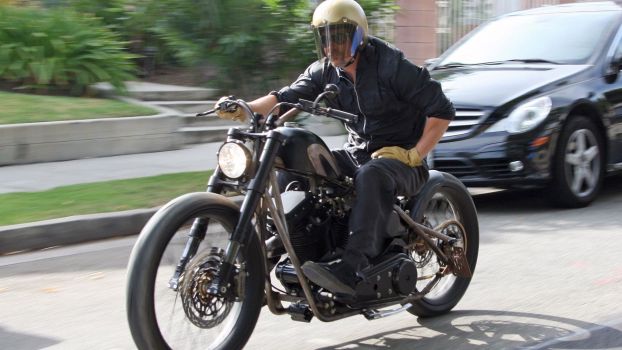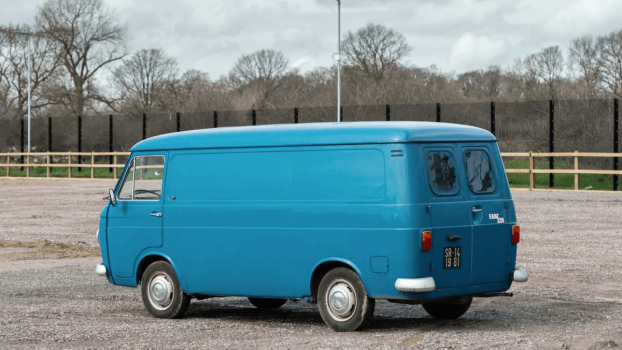
Hitler’s Final Resting Place is Hidden Beneath an Ordinary Parking Lot
Time for a bit of weird car news. Adolf Hitler met his demise in a location currently marked by one of the planet’s most nondescript, boring locations. What was once known as the Führerbunker and the central location of the last five months of Hitler’s Nazi regime is nothing more than a basic and unimpressive parking lot. In this location, Hitler died by suicide, laying to rest the rumors that the evil dictator still lives.
So, here’s a look at the gravesite of the world’s most notorious dictator and his contributions to the automotive market.
Elaborate underground protection for Nazi superiors
The location where Adolf Hitler took his own life was built below the New Reich Chancellery. The bunker was initially intended to be a temporary air-raid shelter for the top Nazi brass. According to Jalopnik, the bunker was an elaborate complect with two different levels. As the Allies increased bombings of Berlin, the complex changed from a temporary shelter into a permanent shelter.
The two levels of the complex were the Vorbunker, the upper bunker, and the Führerbunker. The Vorbunker was built in 1936, and the Führerbunker was constructed in 1943, with the latter located one level below the former. The location was built to sustain Hitler and his administrative and support staff for months. This became where the Nazi leadership spent nearly five months in 1945.
On the morning of May 2, 1945, the Soviets stormed the Fuhrer’s bunker and met a few remaining Nazi generals who surrendered. In addition to these would-be POWs, the Soviets found dozens of dead bodies and burned documents. Among the dead was Adolf Hitler, who, it appeared, had died by suicide.
The bunker survived through the years
The East German Government attempted to blow up the bunker in 1959, but this action had little effort behind it. The Führerbunker is located close to where the Berlin Wall once sat, making it a virtual no-mans-land location. During the construction of homes and buildings in the area, most of the bunker was destroyed, but some small sections remain.
In June 2006, just before the World Cup began, the German government acknowledged the location of where Hitler killed himself. This meant the idea of Hitler fleeing to Argentina was gone, dispelling rumors of his possible survival.
Adolf Hitler teamed with Ferdinand Porsche to create the VW Beetle
Ferdinand Porsche was a genius in the automotive world, which made him the perfect engineer to create Hitler’s vision of a car for mass production in Germany. The two paired up to bring us the Volkswagen project, but there was more to this project than simply a car.
DW.com tells us that Hitler announced a “people’s motorization” at the 1933 auto show, which took place shortly after he was named Reich Chancellor. Not long after, Porsche was tasked with building a car under the “strength through pleasure” motto. This car was the earliest Volkswagen, but it became a car suitable for military purposes as much as for personal use.
The Beetle put distance between Nazi Germany and Volkswagen
Adolf Hitler was instrumental in bringing the Volkswagen name to the public, which is some automotive history many are unaware of. The Beetle distanced its reputation from the Nazi leader and his regime after the war. The first VW Beetle hit the roads in December 1945, with the one-millionth model following only 10 years later. The Volkswagen Beetle quickly became one of the most successful cars in history, and Hitler’s influence was soon forgotten.
The VW Beetle became a symbol of rebirth and success for Germany, which was war-torn and under the influence of the most evil man in the past century for far too long. Eventually, more than 22 million Beetles were produced and sold globally, many symbolizing freedom of expression and fun.





